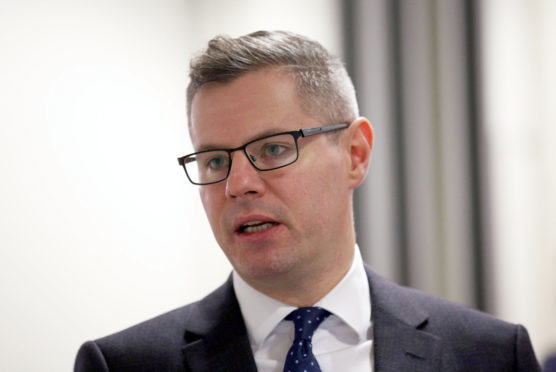Scottish income tax entered a new era on Friday as the system diverged from that of the rest of the UK.
It remains to be seen whether it is a cause for celebration by putting more money in the pockets of some Scottish earners and delivering an increase in tax receipts to boost investment north of the border.
Ross Stupart, tax partner at audit, tax and consulting firm RSM, said: “The new tax year normally arrives without a bang, but for Scottish taxpayers Friday marked a historic moment.
“Using its devolved powers, the Scottish Government has introduced a system of five tax bands and rates, compared to the three bands in the rest of the UK.
“These bands and rates apply to most taxable forms of income, but not savings and dividends.”
Finance Secretary Derek Mackay expects more than half of Scottish taxpayers to pay less tax in 2018-19 than they would do if they lived elsewhere in the UK and that the new bands and rates will raise revenue overall.
Mr Stupart said: “One thing is for sure, a partially devolved income tax regime adds complexity to a tax system where it is already difficult for taxpayers to understand what they pay.
“On the basis that the additional revenue will raise in the region of £164million and the annual fiscal deficit in Scotland is around £12billion, you have to question whether the additional layers of complexity are really worth it.”
He added: “It does, however, expose the interaction between devolved and retained tax powers and the potential issues this may bring.
“In particular, the interplay between how the new tax changes could change behaviour as taxpayers who may opt to take a dividend rather than incur the increased cost of income tax through PAYE.”
According to the Chartered Institute of Taxation (CIOT), the new system may cause much more confusion among Scottish taxpayers.
The institute also highlighted the continuing anomaly of some middle-income earners paying a higher marginal rate of tax and National Insurance than those on higher incomes.
Moira Kelly, chairman of the CIOT’s Scottish technical committee, said: “By introducing a new 19p starter rate and a new 21p intermediate rate – as well as increasing the higher and top rates of tax – every Scottish taxpayer who gets their income from a salary, a pension, renting a home or profits from self-employment will now be exposed to as many as five different rates and bands of tax.
“Complexity was always going to be the price to pay for having control over parts of the income tax regime.
“While the differences next year may not be huge, they are noticeable and they expose Scottish taxpayers to increasing levels of complexity and potential confusion than ever before.
“Things get even more complicated for Scots who also get savings or dividend income.
“They now face the prospect of having to check both the UK and Scottish rates and bands of income tax to work out what they owe.”
